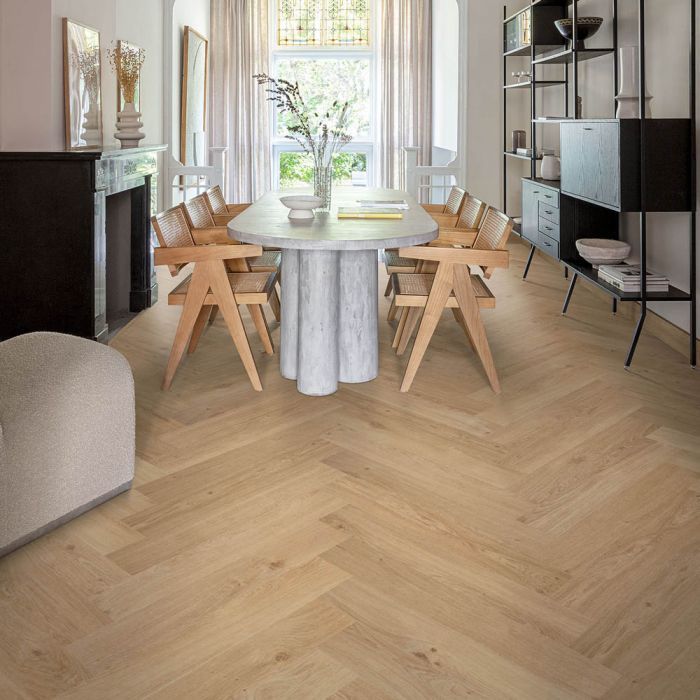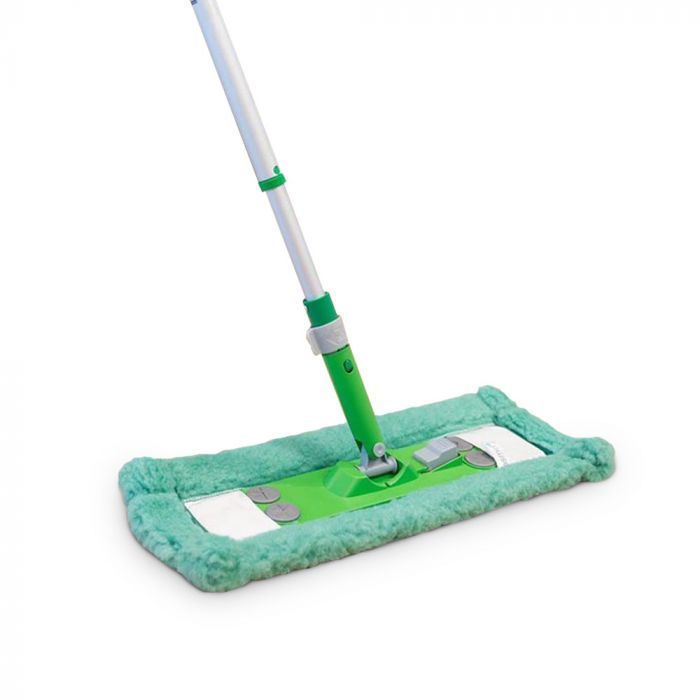Wooden floors will all expand and contract with seasonal changes. It is commonly thought that a plank of wooden flooring is a set size and will stay that size, however wood is a natural material and will adapt to its surroundings. The planks of flooring will respond to the humidity and temperature of the room that it is in.
When there are high levels of humidity in the air, the wooden floors will absorb that moisture. On the other hand, when the humidity reduces the planks of flooring will let the moisture out. Generally speaking, your flooring will expand with high humidity and contract with low humidity. This is a completely natural process and will not cause any damage to your flooring as long as you have prepared properly for it.
When will my wooden flooring contract?
Your wooden flooring will contract in the winter months when the humidity in your home decreases. This is usually associated with the time of year when you put the heating on, which will naturally dry out the air. Your planks of wood will start to slowly release any moisture they have built up over the warmer months of the year. You may notice slight spaces appear between the planks of flooring as they shrink in size.

When will my wooden flooring expand?
Your wooden floor is likely to start expanding again in the springtime. When the air naturally warms up and the environment becomes more humid again, your planks of wood will start to absorb some moisture and begin to expand again. If you noticed small gaps in your floor during the winter months, these will start to disappear and return to normal.

What should I do to prevent damage?
As already mentioned, seasonal expansion and contraction is completely normal and nothing for you to worry about. One thing that you can do is use a relative humidity meter in your home. If you have this in the room where your wooden floor is fitted, you can keep your eye on the humidity throughout the year. To keep your floor in a stable condition, the relative humidity should be between 45%RH and 65%RH, which are both regular and expected readings. Anything below or above this may adversely affect your flooring.

Another really important thing to do is to ensure your floor is fitted correctly. Here are a number of things to watch out for:
• Leave an expansion gap of at least 10mm around the perimeter of the room. This includes, doorways, fireplaces and around pipe work.
• Never fix a kitchen or wardrobe to your wooden floor. Your floor needs the ability to move as it expands and contracts.
• Use door bars to ensure there are sufficient expansion gaps between each room, if fitting in multiple areas.








